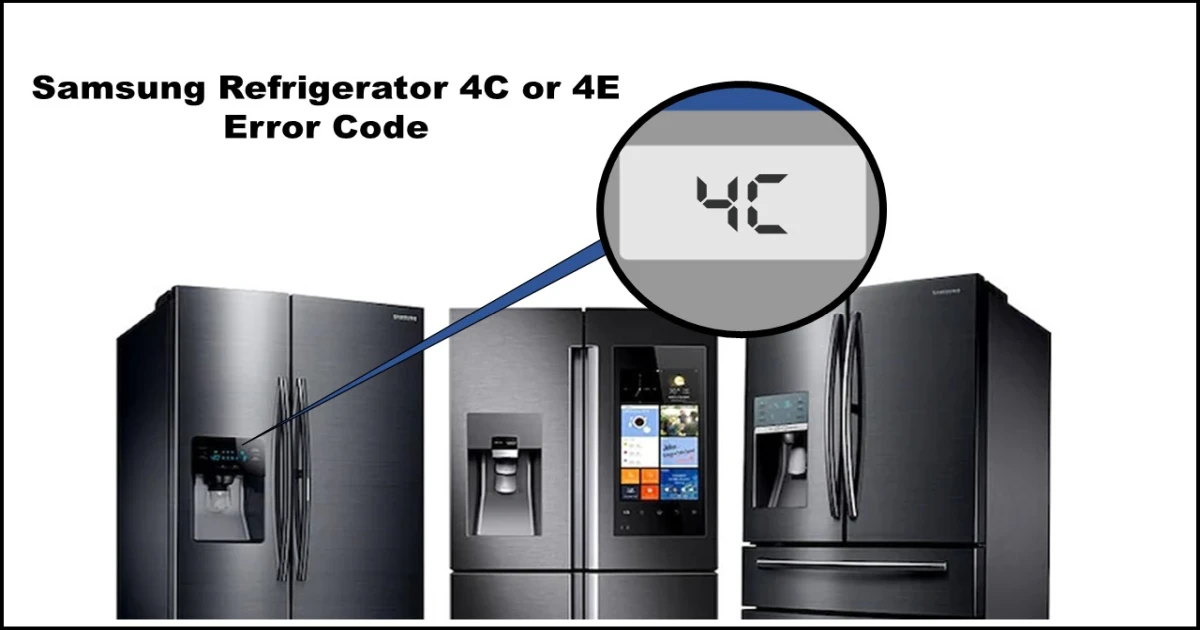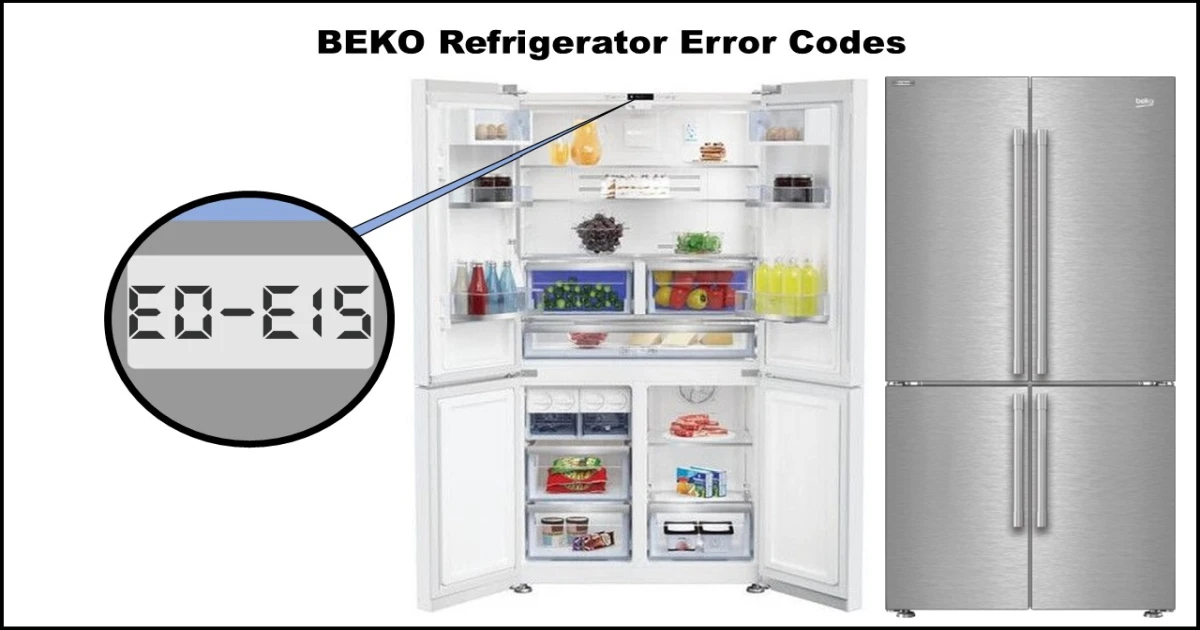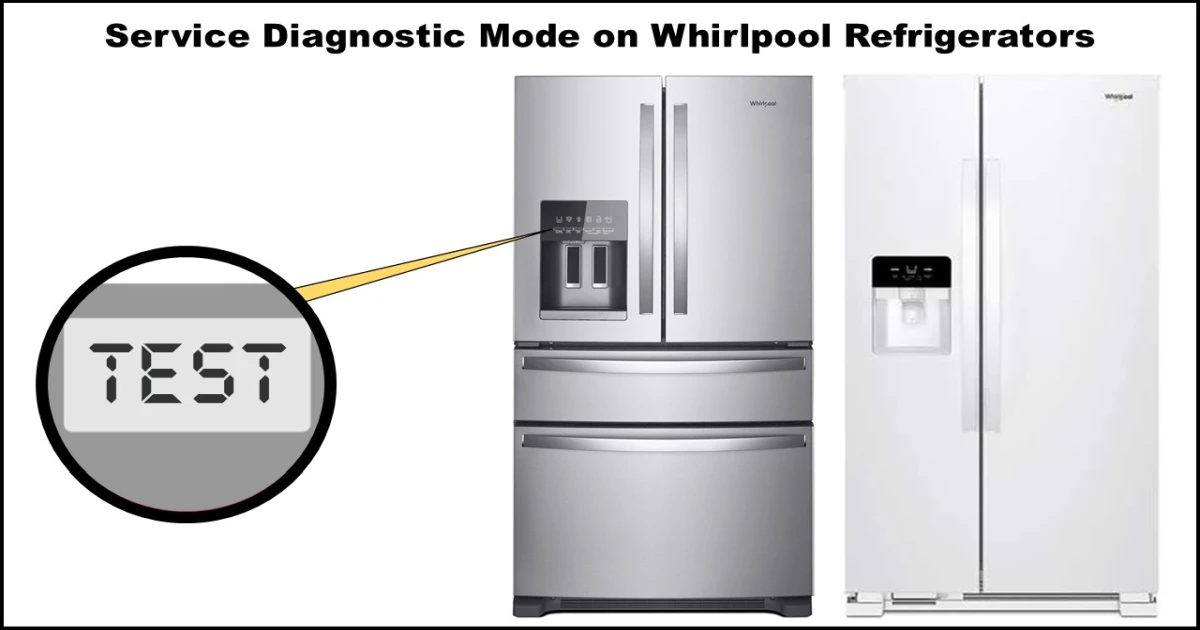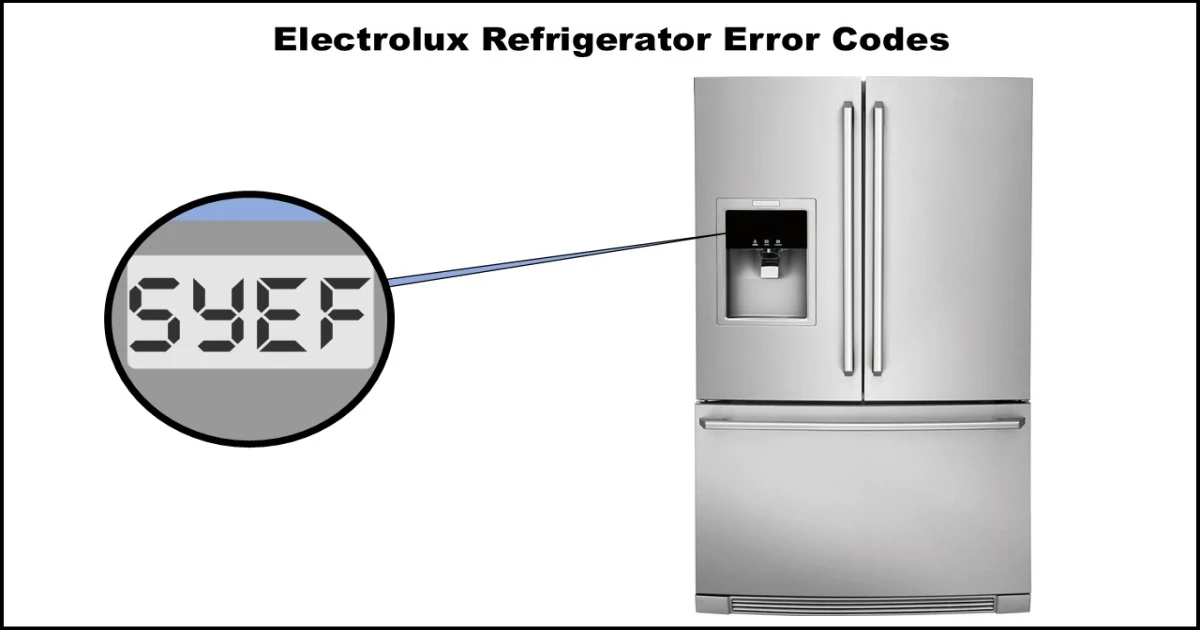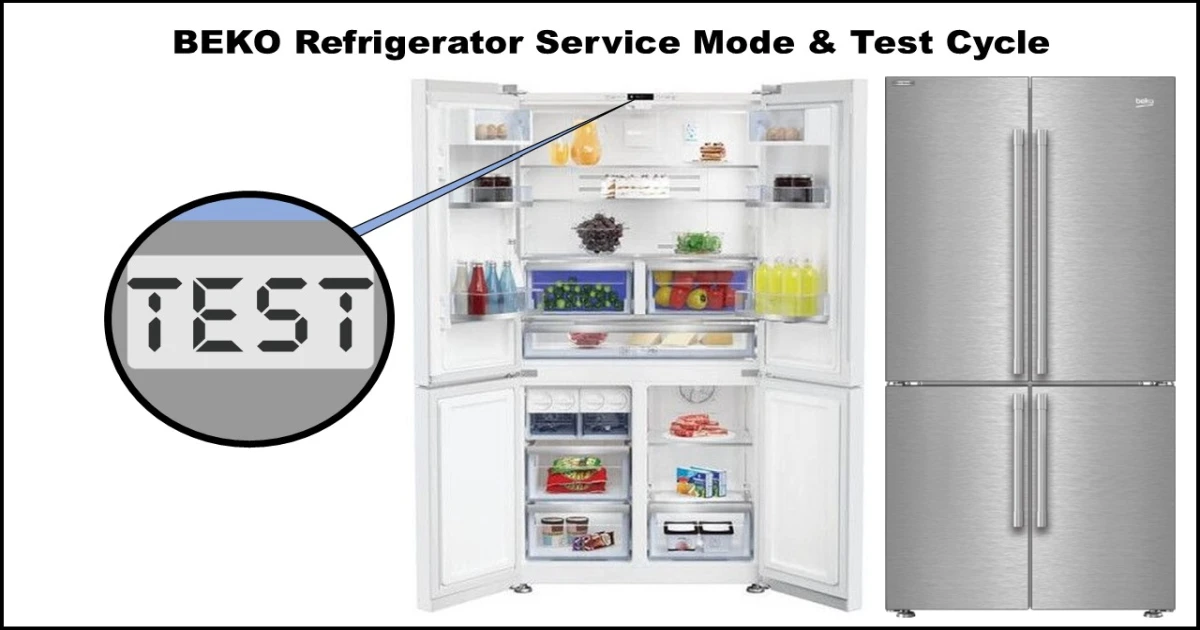Does your Samsung refrigerator seem to be weeping? Don’t panic! Water leaks are a common issue, but they’re usually solvable. This guide will equip you to diagnose the culprit and get your fridge back to a cool, refreshing operation.
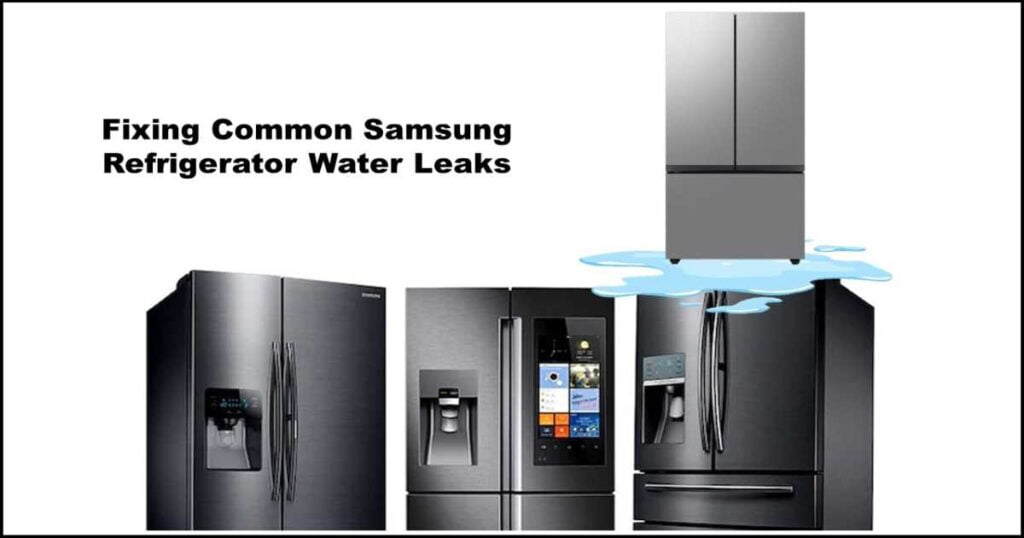
Understanding Samsung Refrigerator Water Leaks:
The first step is detective work. Identifying the leak’s source will point you towards the most likely cause. Here’s where leaks commonly show up:
- Near the crisper drawers: This suggests a clogged drain hole, faulty defrost system, or damaged door seal.
- Underneath the fridge: A clogged drain pan, a loose water line connection, or a malfunctioning water inlet valve could be to blame.
- Inside the fridge compartment: This might indicate a faulty ice maker or a damaged water line running within the fridge.
Common causes of leaks:
- Blocked Drain Hole: This is a frequent offender. Food particles and debris can clog the drain, causing water to back up and escape.
- Solution: Regularly clean the drain hole with warm water and a turkey baster.
- Water Filter Woes: A faulty or improperly installed water filter can allow water to seep out.
- Solution: Inspect the filter for damage and ensure it’s securely in place. Replace it every 6 months for optimal performance.
- Water Inlet Valve on the Fritz: This valve controls water flow into the fridge. If it malfunctions, leaks can occur.
- Solution: Check the valve and hose for signs of wear and tear. If it’s defective, replacement is necessary.
- Defrost System Dysfunction: A malfunctioning defrost system leads to ice buildup. As the ice melts, it can leak inside the fridge.
- Solution: Examine the defrost system’s components, such as the defrost heater and thermostat, for any problems. Consider replacing the faulty parts.
- Door Seal Gone Seal-Less: Over time, the door seal (gasket) can crack or wear out. This allows warm air to enter, causing condensation and leaks.
- Solution: Inspect the door seal for damage. A snug, unbroken seal is essential. If yours is compromised, replace it to ensure proper closure.
Taking Action:
- Autofill Water Pitcher Leaks: If your AutoFill water pitcher is the culprit, remove it and allow the compartment to drain completely. Dry the area thoroughly. The blinking light on the control panel should disappear once the leak is resolved.
- Clogged Drain Pan: The drain pan, located at the bottom of the fridge, collects condensation. A cracked or overflowing pan can lead to leaks. Solution: Inspect the drain pan for damage and clean it regularly. Replace it if it’s cracked.
- Faulty Water Filter: As mentioned earlier, ensure the water filter is undamaged and installed correctly. Replace it every 6 months to maintain optimal filtration and prevent leaks.
- Defective Water Inlet Valve: Look for leaks around the water inlet valve. If it’s faulty, replace it to stop the water flow.
- Defrost Drain Drama: If ice buildup is causing leaks, address the defrost drain. Clear any blockages and ensure proper drainage. You might need to consult your service manual for specific defrost drain troubleshooting steps for your model.
Keep your kitchen dry: Tips to prevent and troubleshoot Samsung refrigerator water leaks.
Regular maintenance is your best defense against future leaks. Regularly clean the drain hole, inspect and replace the water filter when needed, and wipe down door seals to keep them in good condition.
Conclusion:
By addressing leaks promptly and performing regular maintenance, you can keep your Samsung refrigerator running smoothly.
